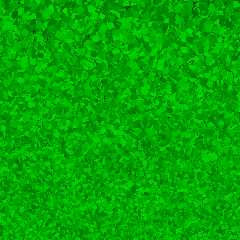|
 |
from [povray.general]
Am 20.03.2017 um 11:38 schrieb muyu:
> Thanks. 1) Regarding my simulations, around 50% of the light is reflected in
> near-infrared. So physically the expected error should be much less than 1%.
> This should be neglible?
> 2) However, I found almost 10% under-estimates compared with the reference
> using Monte Carlo method. What's the possible reasons for this? Should I
> increase the brightness or the light intensity?
No ideas at the moment. Maybe if you posted the resulting images, the
distribution of light within the canopy might give a hint.
You mentioned reflection above; did you also account for the transmitted
light?
Here it is the setting of the radiosity:
#version 3.7;
global_settings {
assumed_gamma 1.0
ambient_light 0.0
adc_bailout 0.0
max_trace_level 20
radiosity {
count 1500
error_bound 0.01
recursion_limit 20
nearest_count 10
}
}
// light--------------------------------------------------------------
light_source{<0,36.397,100> color rgb<0,1,0> parallel}
// ground ------------------------------------------------------------
plane { <0,0,1>, 0
texture{ pigment{color rgb<0, 1, 0>}
finish {ambient 0 diffuse 0.1590 0.0000}
} // end of texture
} // end of plane
// leaves----------------------------------------------
#declare leaf_text = texture {
pigment {color rgb<0.0,1.0,0.0>}
finish {ambient 0 diffuse 0.4957 0.4409}}
disc {<9.5780,-10.5050,0.6040>, <0.7070,0.1830,0.6840>, 0.0500
texture {leaf_text}}
.....
diffuse 0.4957 is front diffuse, 0.4409 is the transmitted light? Should I set
rgbt or rgbf?
Is this the right way to consider the multi-scattering using Radiosity? I have
the impression that some processes are missing?
Thax in advance.
Post a reply to this message
Attachments:
Download 'canopy_2_camera.png' (651 KB)
Preview of image 'canopy_2_camera.png'

|
 |




![]()